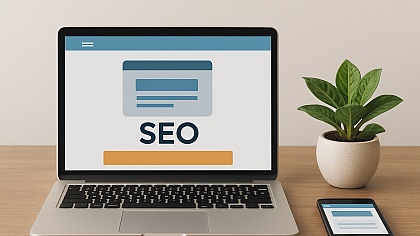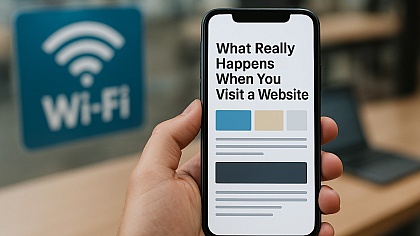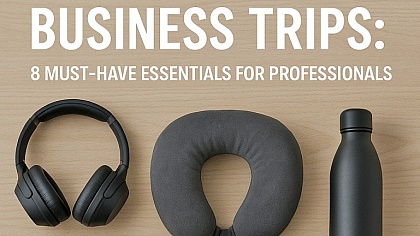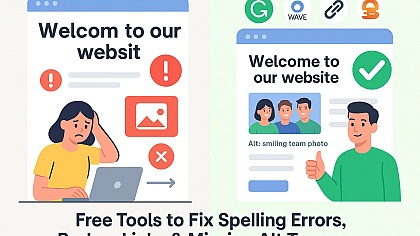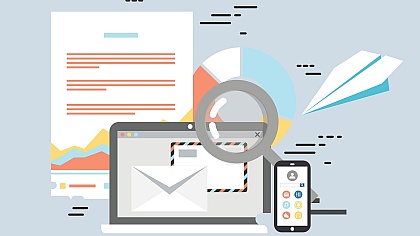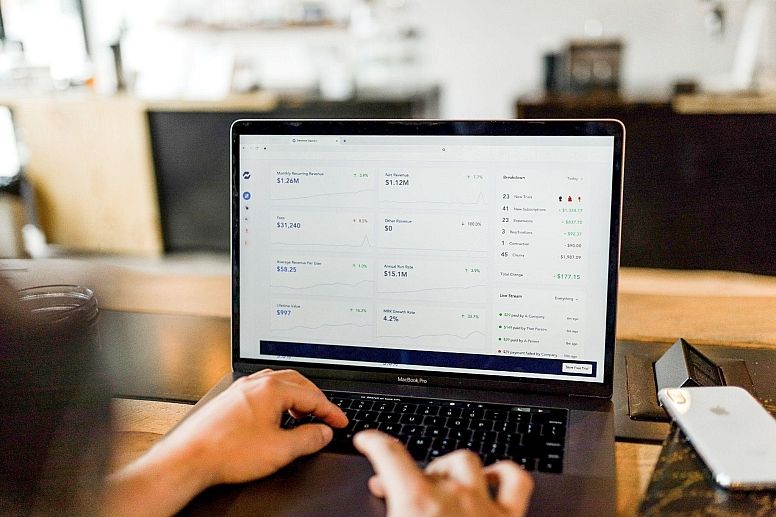
7 Tips to Improve Your eCommerce Checkout Conversion Rate
Your metrics and measurements are critical when managing a digital business like an e-commerce store. To understand the progress of your eCommerce store, you should have a set of metrics in place. These metrics will help you know what is going well and where there are areas for improvement.
Measuring your eCommerce store will help you improve your business and make it more manageable and easier to work with. It will also provide insights into why certain things are going well or poorly for you as a business owner.
You need to keep track of all sorts of metrics and key performance indicators, or KPIs, that you should know. One of them is your overall checkout conversion rate.
The checkout conversion rate is the percentage of customers who complete a purchase. eCommerce businesses need a high conversion rate because it correlates with how many sales you get. According to statistics, the average add-to-cart conversion rate across industries is about 10%. If you can go higher than that, you are on the right track.
You can calculate your checkout conversion rate by dividing the number of customers who purchased during a specific time by the total number of visitors during that same period. The higher your conversion rate, the more money you’ve made from your store.
If your overall checkout conversion rate is lower than 30%, you need to amp up your efforts to increase conversion rates. We will cover some tips to improve your e-commerce checkout conversion rate.
1. Experiment With a Single-Page Checkout Process
Creating a fast checkout process for your customers is now an essential part of a good shopping experience. It saves them time, and they can complete their shopping in less time. This step is also a great way to reduce the money you lose from abandoned carts and returns.
Since checkout is the last step before a customer’s order is complete, you want to encourage them as much as possible to pursue the purchase. The faster the checkout process, the more likely customers are to complete their purchase. Make it easy for customers to find what items are in their cart. Make the checkout easy. Make the payment easy altogether.
A single-page checkout process is when you only have a single page for the entire procedure. In this case, there is no need to go through multiple pages to finish the transaction. The only page needed for the whole process is the final confirmation page.
This way, customers don’t have to wait for long periods before being able to complete their purchase and can enjoy a faster experience. The single-page checkout process has proven more efficient than others because it saves time and provides an enjoyable shopping experience.
The longer your customers wait, the more time they have to change their minds about their purchases. Therefore, a single-page checkout process can make it faster for them.
2. Make Your Forms Quick and Easy to Fill
As you may have noticed by now, making your checkout process faster is one of the essential parts of having a higher e-commerce checkout conversion rate. Another way to do that is by making sure that any forms your customers fill should are fast and easy. Avoid adding any unnecessary information there.
Some of these steps include adding additional fields, making it easier for customers to navigate the form, and providing clear instructions on the purpose of each field.
Aside from that, ensure your questions are fundamental and relevant to their shopping experience. Some of the essential questions that your forms should include are the following:
• Name of the Customer
• Address
• Point of Contact
• Contact Details
• Payment Preference
• Email Address
Other than these details, you shouldn’t gather additional customer information. Otherwise, filling in those details is tedious; they can take longer on your form than they should have.
Another way to make the shopping experience faster is by encouraging them to create an account on your website or store on an eCommerce platform. That way, they don’t have to fill up the checkout form all the time when they’re guests on your website.
3. Make The Payment Section Easy
The payment section is where customers can find out the cost and terms of their purchase. To increase the conversion rate, you must make this section easy and faster (surprise, surprise) for your customers. That’s why eCommerce stores need to offer a payment method that customers can use.
Some common payment methods people want would be PayPal, credit and debit cards, cash, and checks. You should also ensure that your payment processing is secure so that your customers’ information won’t be compromised if someone hacks into it.
Many e-commerce stores have a payment section that requires help navigating. This complexity makes it harder for consumers to complete their purchases and deters them from doing so. By making your payment process easier, you can increase the conversion rate of your eCommerce store and make your website seem more trustworthy.
There are many reasons why you would want a faster payment process.
The first reason is that when your customers have to deal with a complicated or lengthy process, they may leave without completing their purchase if it takes too long or they get bored.
The second reason is that if you make it easy for them, you can increase their satisfaction levels and get more sales in return.
The third reason is that when people complete their purchase quickly, they are more likely to return and recommend your product or service to others.
Providing a seamless checkout experience can make people more likely to buy from you and increase revenue.
4. Optimising Product Descriptions For Conversions
To increase the checkout conversion rate, eCommerce stores need to optimise their product descriptions to respond well to customers. There are a few ways to do this:
• Make sure that the product descriptions are relevant to the product and its benefits
• Use clear and concise language
• Keep your product descriptions short and sweet
• Use an enticing call to action at the end of your description
• Ensure that your product descriptions are in the right tone.
Product descriptions are a vital part of the e-commerce store, and they’re one factor that influences conversion rates. The goal is to optimise these product descriptions to increase their conversion rates.
Don’t forget to use persuasive language and incorporate key selling points into your product descriptions. Also, avoid including irrelevant information or details that will make your customers lose focus on what they seek.
Optimising doesn’t mean using more prose, so don’t use too many words in your product descriptions, and remember to include a call-to-action at the end of your description.
5. Allow Shopping Via Social Media Platforms
Social media platforms have grown and morphed so much that people are also using social media platforms for shopping.
The number of people who shop via social media has increased recently, so why not take advantage of that? Since social media platforms allow for a more seamless shopping experience through mobile apps, you don’t have to develop an app for your e-commerce store.
To increase the conversion rate of their e-commerce checkout process, retailers should make their shopping experience more social and allow people to shop via social media platforms. This addition will help increase customer engagement with the brand and allow them to save time by not having to go through checkout individually.
Social media platforms are becoming increasingly popular for retailers because they allow them to reach a wider audience interested in buying products from that particular brand.
6. Bring back Customers with Retargeting
Retargeting campaigns are a marketing technique that allows you to advertise to people who have visited your website. These campaigns are relatively inexpensive, but they do require some planning and research.
You need to know what types of retargeting ads work best for your eCommerce store and which products will appeal to these visitors the most.
Retargeting campaigns can often cost less than $1 per day and can be very effective if you do them correctly. Suppose you want to increase your e-commerce checkout conversion rate. In that case, you should consider running a retargeting campaign to reel back in customers that you know have expressed interest in your brand in the first place but didn’t continue to buy anything.
7. Use Free Shipping and Free Returns to Assure Customers
For many, free shipping and free returns have become an essential part of the modern-day eCommerce experience. Free shipping is when there is no shipping fee associated with the overall costs for the customer, and free returns mean that the customer doesn’t have to pay a fee to return a product to you if they’re unsatisfied.
This guarantee can entice more customers to continue purchasing and even increase it to qualify for free shipping. Therefore, it’s a good idea to set some parameters wherein you can offer free shipping and returns to specific customers if they fulfil a particular qualification.
Whether it’s through faster checkout processes or better sales and marketing techniques, there are a lot of approaches and paths you can take to increase your e-commerce checkout conversion rate. If yours has gone too low, use these techniques and tips to boost your checkout conversion rate to newer heights.
